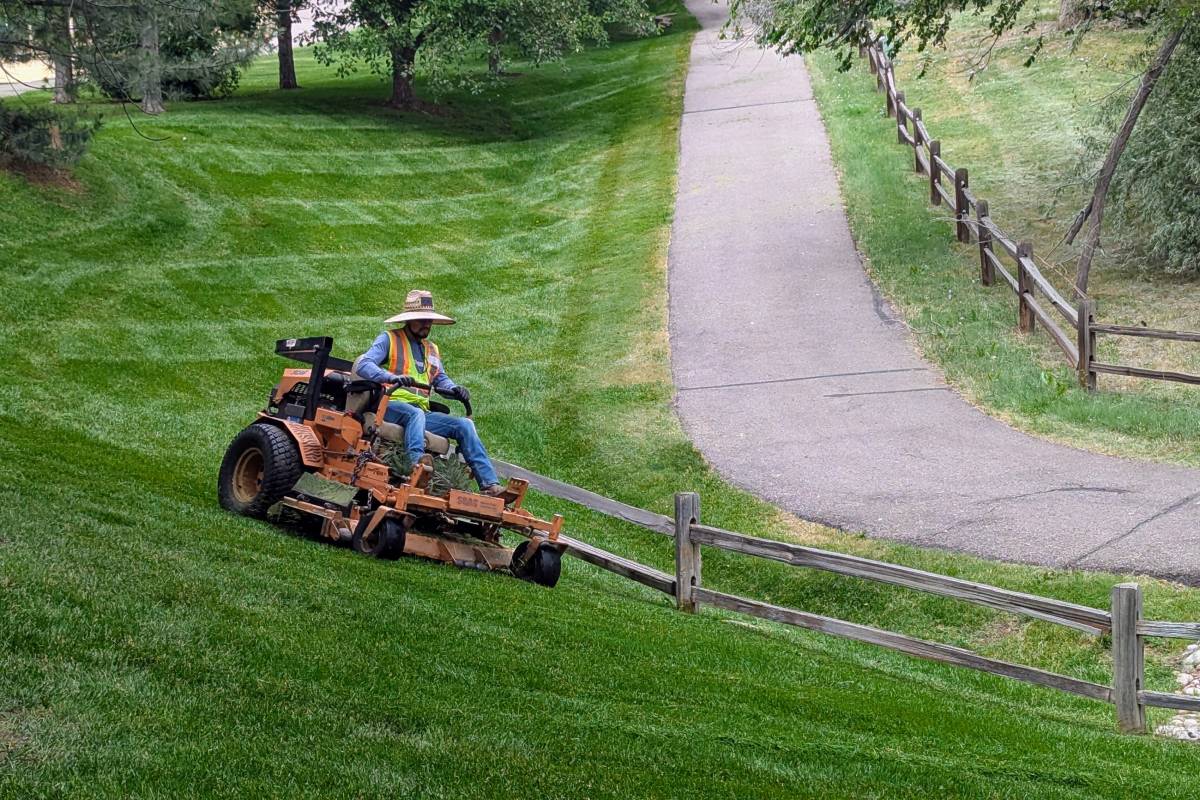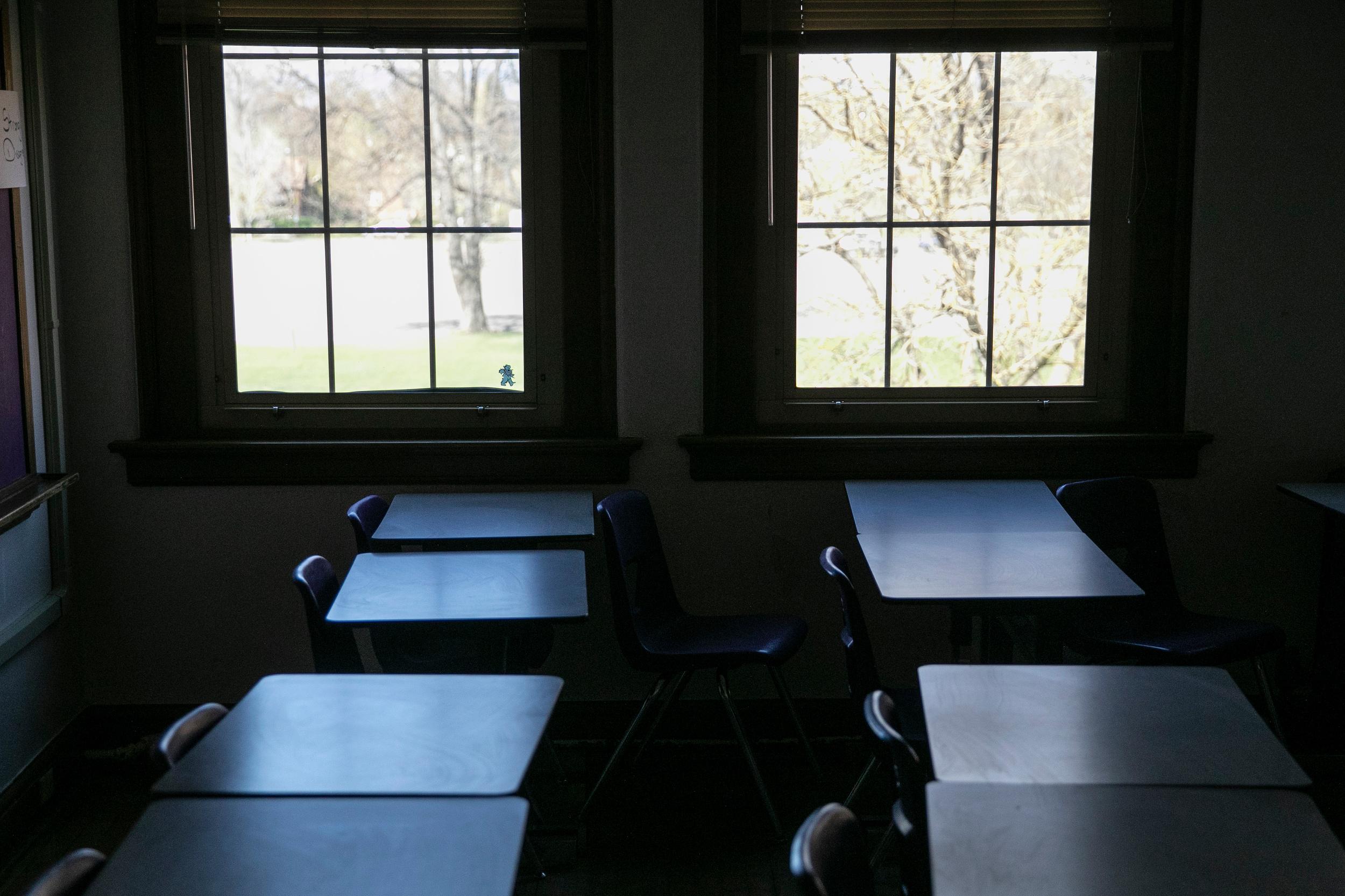
Colorado gave schools guidelines for reopening this week, but the state’s largest teacher's union said Tuesday there shouldn't be any in-person learning and schools should operate remotely unless demands about safety and teacher input are met. They sent a petition, signed by 13,000 school staff, to state education and health officials, school principals, school board members and local health department officials.
The Colorado Education Association, which has 39,000 members, are asking that educators play a central role in any decisions on school reopening and want teachers to vote on any plan to return to school. They want safety protections and protocols for staff and students spelled out, as well as transparency on the planning and health data used to drive decisions. And they want school districts to make sure all students have access to learning, after inequities were exacerbated this spring when thousands of students could not get connected to teachers because they didn’t have devices or lacked internet access.
“Unless those expectations can be met, we should not move to in-person learning,” said Amie Baca-Oehlert, a high school counselor and president of the Colorado Education Association.
State officials say they agree with the spirit of the four expectations for employee engagement, safety protections, transparency and equity.
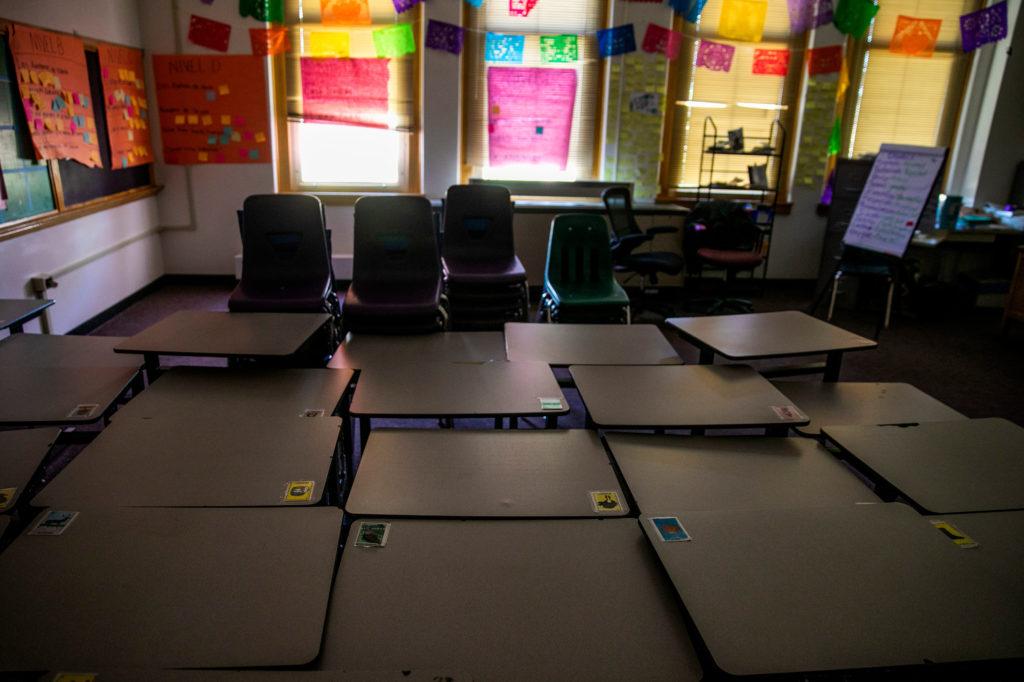
“We reflected those same expectations in our toolkit and guidance to help districts plan for reopening schools in the safest way possible,” said Colorado Department of Education spokesperson Jeremy Meyer.
He said the department has always encouraged collaboration with staff and community members as districts make their plans.
“Colorado has an important history of local decision making – that is critical in this time where districts may be facing different virus levels.”
Colorado’s 178 school districts are developing their own individual back-to-school plans that must be approved by local health departments.
“That currently isn't happening, in most places, with educators,” Baca-Oehlert said. “It's happening in small groups of administrators or school district officials.”
Most districts are planning to return to in-person learning by mid-August. Denver Public Schools recently reversed its plan to open up, planning instead for at least two weeks of remote learning first.
“We're not asking to shut down schools,” said John Robinson, head of the local union in the Poudre School District, “but we need to consider closing brick-and-mortar buildings until we can guarantee the safety of our students and our educators.”
In a survey of 1,300 Poudre teachers, he said the majority responded that they were uncomfortable or very uncomfortable returning to school under Larimer County's current spike in confirmed COVID-19 cases.
The vast majority —95 percent — of survey respondents across the state said educators should vote on return to school plans, 53 percent want to begin the school year with 100 percent remote learning, and just 8 percent want to begin the school year with 100 percent in-person learning.
Three quarters said they would be willing to join their colleagues and refuse to return to work unless the four conditions are met.
The union is also asking for clearer requirements for opening schools throughout the state.
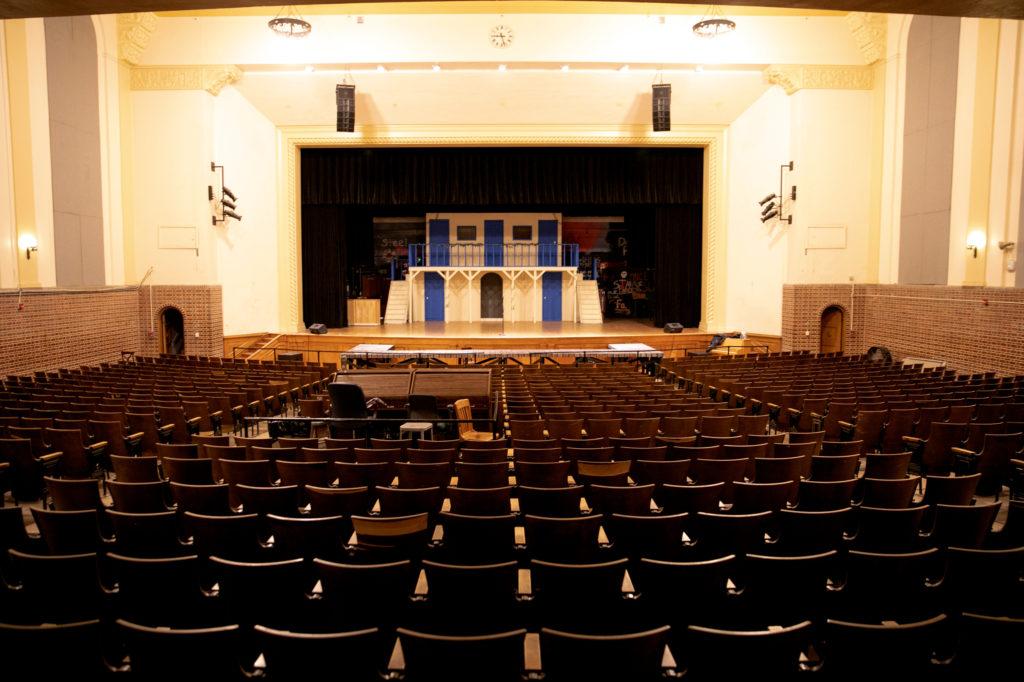
Teachers on a press call Tuesday outlined a number of worries, ranging from logistical questions about how cohorting — or keeping groups of students together all day — would work, concerns about teacher and substitute shortages and class sizes that were already too big pre-COVID-19.
Ernest Garibay, a math teacher at Standley Lake High School, teaches in an interior room with no window. Even though his school’s facility manager has assured him that the school’s HVAC system was recently updated, he said his classroom often feels like the air is stale and warm. He and other teachers are not confident schools, with understaffed custodial services, can keep learning spaces hygienic.
Garibay said he has a medical condition. He said he would prefer to teach in person and “is torn” over filling out the district form asking if he prefers a remote assignment.
“I know it would absolutely devastate our students, our staff, if they felt responsible for hospitalizing or causing the death of a fellow teacher, a student,” he said.
Some classrooms involve touching and close contact.
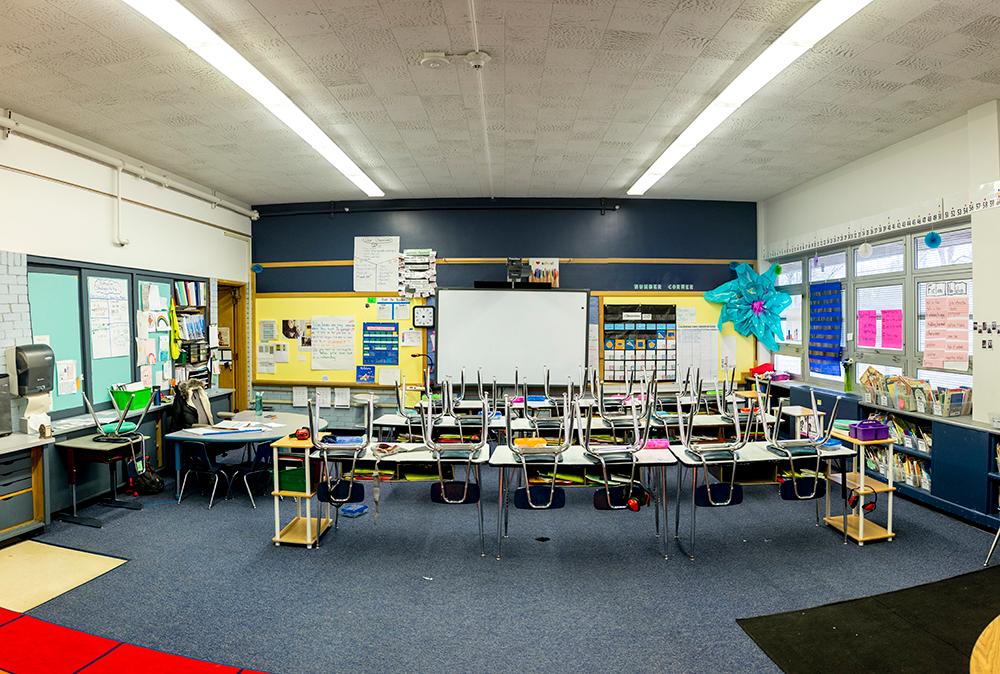
Those classroom aides, known as paraeducators, who work with special education students have big concerns because they work in close proximity to students. Boulder paraeducator Lisa Larsen said many of her students won’t be able to wear masks. She said her students regularly try to pull her glasses off and many haven’t learned responsible hand washing yet so she does “hand over hand” washing with them.
“Some of our students struggle. Some of our students spit. Some of our students hit and we need to be able to effectively intervene at a moment's notice. We won't have time to make sure that our PPE is in place in order to meet the challenges and the needs of our kids.”
“As paras, we are the front line. We're elbow to elbow, face to face. We can't use partitions because our kids need us right there for safety purposes and educational purposes.”
English language teacher Justine Carter in Pueblo, said education is about relationships that will be extraordinarily hard to build during the pandemic.
For younger kids, it’s about giving ‘high fives,’ helping with zippers or tying shoes, and helping them hold scissors. It’s very tactile. She said her school district's most recent plan calls for face-to-face instruction where teachers will stay at the front of their rooms and students stay at their seats all at a safe distance from one another.
“I don't see how we can have the authentic interactions with our kids that we need in that kind of environment. We use proximity to our students all the time to encourage them, to support them, to help with academics and to support their behaviors,” she said. “Kids cry on the first day of school. How can we comfort those kids?”
Educators also want to know how “cohorting” can work.
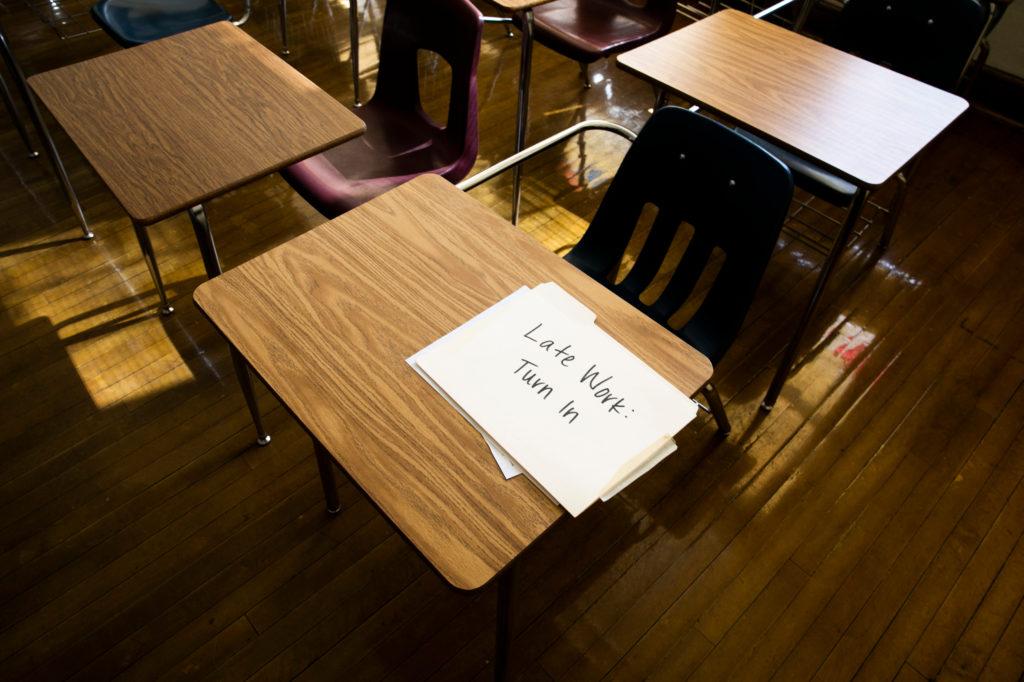
Teachers say many of the ideas presented in the state’s guidance released Monday look good in theory, but are not practical in the current condition of many Colorado schools.
One of the main recommendations of health officials is “cohorting,” grouping students together who stay in that same group all day. To John Robinson, who teaches in the Poudre School District, the logistics seem impossible. At his high school, class sizes are traditionally 34 to 38 students. Even if it’s the teacher who goes to the student, “if I'm going to six different classrooms to visit 250 to 300 students a day to deliver us history or civics, then if I become infected, I've now infected 300 people.”
He said educators want a chance to run through some of the cohort scenarios and practice moving room to room safely.
“We practice active shooter drills. We practice fire drills. This would give us a chance to practice in phased-in learning one-on-one, during a pandemic.”
Many districts are bringing teachers back early to practice just that.
The Poudre School District said it has four education “phases” or education plans, depending on health conditions and those will determine what cohorts look like.
As one example, students will be divided into A and B groups and attend school in-person two days a week, if the district is in a hybrid of in-person and at-home learning.
“We must be prepared to adapt as successfully and efficiently as possible to new public health guidelines and restrictions that currently exist and may still arise,” Superintendent Dr. Sandra Smyser said in an update to staff and families.
Beyond anxieties directed towards their districts, educators laid blame on Colorado’s fiscal situation, which has forced districts, for the past decade, to operate with hundreds of millions of dollars less than they’re supposed to. Together over the decade, the shortfall amounts to more than $8 billion. Robinson said Poudre district faced a shortfall of $14 million this year, forcing layoffs of some classified staff that are essential to helping schools maintain order and cleanliness.
Another concern is teacher shortages. Prior to COVID-19, Colorado was experiencing a serious teacher shortage. Nationwide experts are predicting a big wave of teacher retirements and with grievances about low pay and overwhelming bureaucratic burdens as a result of accountability measures, “teachers are kind of pushed to the edge.” They also worry about substitute shortages, and point out that substitutes tend to be older.
Many districts, including the Poudre school district, faced budget shortfalls this year and had to lay off teachers, support staff and administrators, all people who could help ensure schools run as smoothly as possible during a pandemic.
“To be honest, my colleagues are terrified,” Poudre teacher Robinson said.



